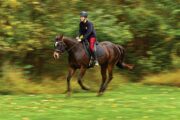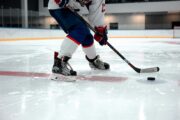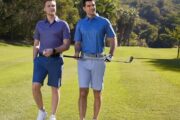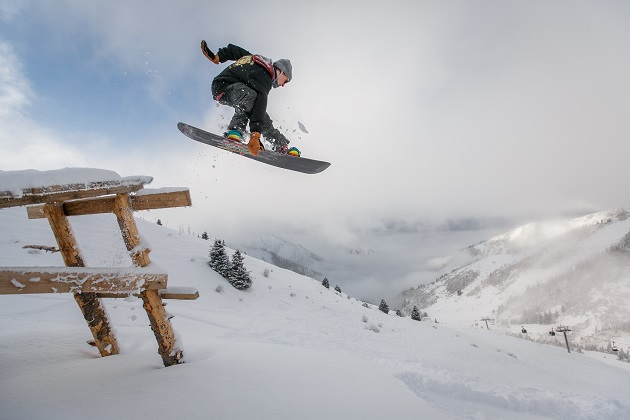
Do you enjoy floating on powder? Cruising through groomed trails? Riding on rails? All of these riding styles require a different type of snowboard if you want to get the best experience possible. If you’re new to the sport, you’ll want your first snowboard to be designed for the type of terrain and riding discipline you prefer. The learning curve of snowboarding can be very quick or very short, depending on your goals and skills level. The main things to consider when shopping for a snowboard are its length, type, width, shape and profile.
Snowboard Length
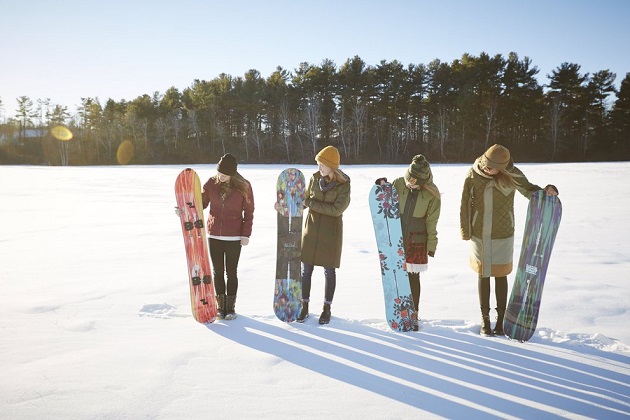
When snowboarding first appeared as a hobby, people used to choose the ideal snowboard length for them by picking up the board and standing next to it to see how tall it was. If the board was as high as their chin, it was considered the right size. And while you can still use this method, it’d be more precise to add your body weight to the equation.
Usually, you want the length of the skateboard to be double the number of your weight, at least up to a certain point. Once you get the length right, consider the type of boarding you intend on doing. For example, aggressive, fast riders prefer longer boards, whereas park riders who hit lots of twists and jumps want a shorter board for easier maneuvering. Lastly, you’ll have to take into account your personal preferences, so if you already prefer shorter or longer boards, that’s fine.
Types of Snowboards
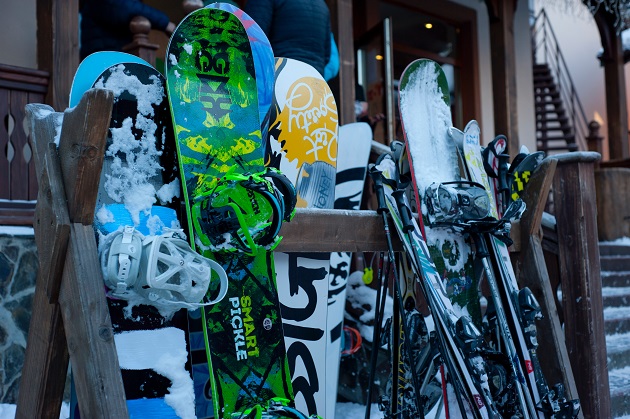
Snowboards are divided into 5 categories based on the type of riding they’re most suitable for. You can choose from women’s and men’s powder snowboards, all-mountain, freestyle, freeride, and splitboards. All-mountain snowboards are ideal for those who aren’t dedicated to a single riding style and want to explore various types of terrain. Freestyle boards are best for park riding. Freeride ones are best for ungroomed snow terrains. Powder boards are ideal for deep powder snow terrain, and splitboards are best for backcountry snowboarding.
All-mountain snowboards perform well anywhere – parks, pipes, mountain-groomed runs, backcountry, etc. They can be either directional or twin. Most beginners use all-mountain snowboards simply because they’re the most versatile type.
Freestyle snowboards perform well in and out of the park. They’re short, flexible and light with twin tips. These boards are ideal for riders who want to push their limits in terrain parks or want to go for a ride anywhere in the mountain. However, they aren’t as good for cruising fast on hard snow.
Freeride snowboards are best for riding on ungroomed snow. They’re designed for experienced, adventurous snowboarders who spend most of their time on ungroomed trails. They’re typically directional, meaning you can only ride them facing one way.
Powder snowboards are ideal for deep powder snow riding. Both women’s and men’s powder snowboards are designed with deep snow riding in mind – from the flex of the board, the shape of the tail and nose to the location of the binding inserts. Most of these boards feature a rocker profile for an improved floating.
Splitboards are best for climbing in the backcountry. They can be split into two and create two skis, enabling you to climb untracked backcountry slopes. After you’ve made the climb, you can put the skis back together and form the board. These boards are usually used by the most experienced and knowledgeable boarders who want to explore unpatrolled slopes.
Snowboard Profile
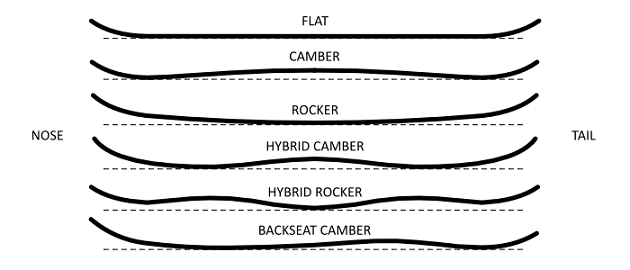
Snowboards can either have a camber or rocker profile. The snowboard’s profile represents its bend, which affects how it rides. Camber profiles have an upwards curve in the middle and they deliver a more stable, livelier ride with more responsiveness on groomed or hardpack runs. Camber profiles are preferred by speed-oriented riders. The rocker profile is the exact opposite of the camber profile, and it features upturned tails and tips. Rocker profiled snowboards are for park and powder riding simply because they’re softer and provide a better feel for easy turning. This makes them popular among beginners. Lastly, there’s the flat profile, which is exactly what it sounds like. This profile allows you to get a maximum feel and perform quick turns while increasing float.
Snowboard Width
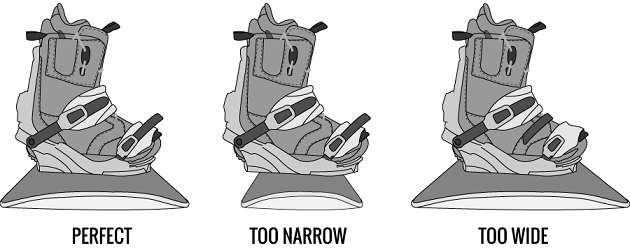
The ideal snowboard width for you will depend on your shoe size. Your boots will be slightly extended over the edges (about 1-2cm) for ideal leverage when turning. If the board is too wide, you’ll have a harder time getting it from edge to edge. If it’s too narrow, on the other hand, you’ll end up dragging your heels and toes on the snow and lose control.
Snowboard Shape
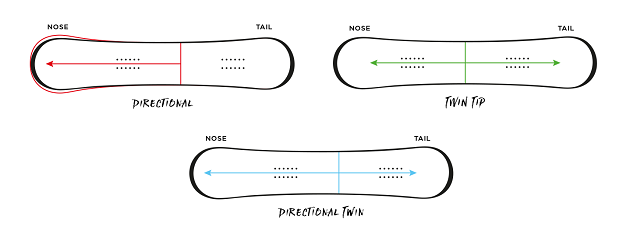
Snowboards come in 3 shapes. The ideal shape for you will depend on the type of riding you intend to do. Direction boards are designed for one direction, high-speed riding. Some all-mountain and most freeride boards are directional. Directional twin shape boards are for people who ride all over the mountain, from park to groomers. And true twin shape boards are symmetrical in construction, allowing you to ride them both ways. This makes them ideal for pipe and park riding.
